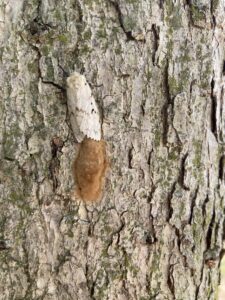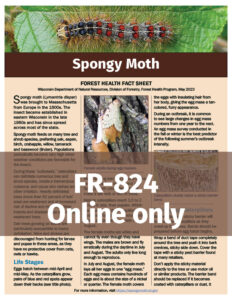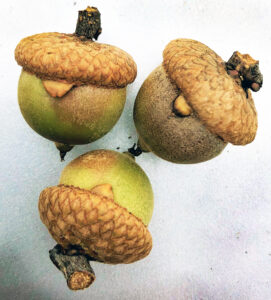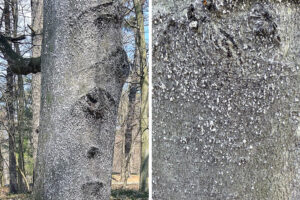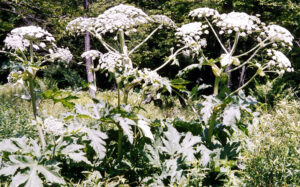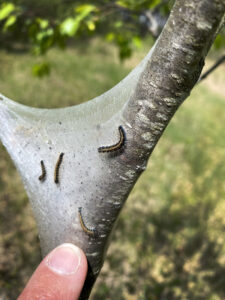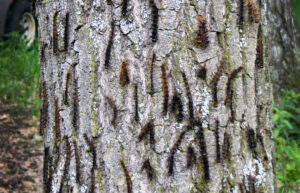Erika Segerson-Mueller, DNR Invasive Plant Program Specialist, Oshkosh Service Center Erika.SegersonMueller@wisconsin.gov or 715-492-0391
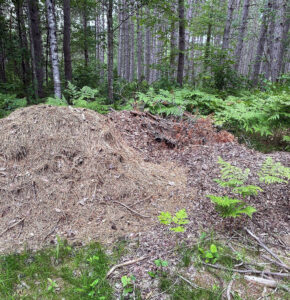
This garden waste was dumped along an ATV trail in a state forest and can be a pathway for invasive plants and diseases that affect our public lands. / Photo Credit: Wisconsin DNR
When a pile of more than 500 pounds of uncooked pasta was found in the woods in New Jersey in early May, no one was quite sure why or how the piles had appeared — but it was clear that they didn’t belong there.
Whether spaghetti noodles, broken electronics or old furniture, some things shouldn’t be in our woods, waters or roadsides, no matter the reason.
Though it may seem obvious that you should avoid dumping these types of waste in your local woods, some items aren’t as straightforward.

